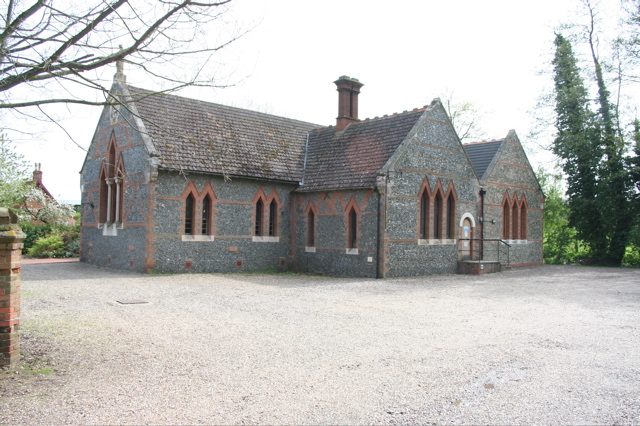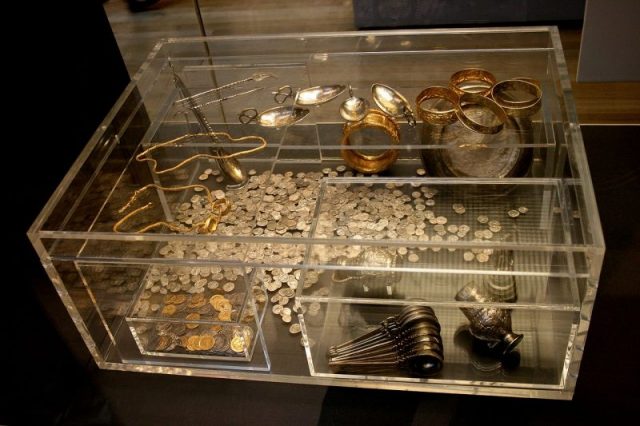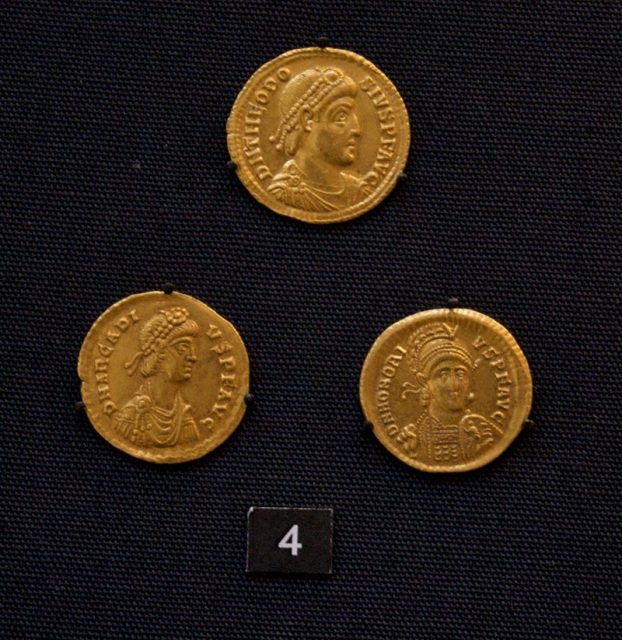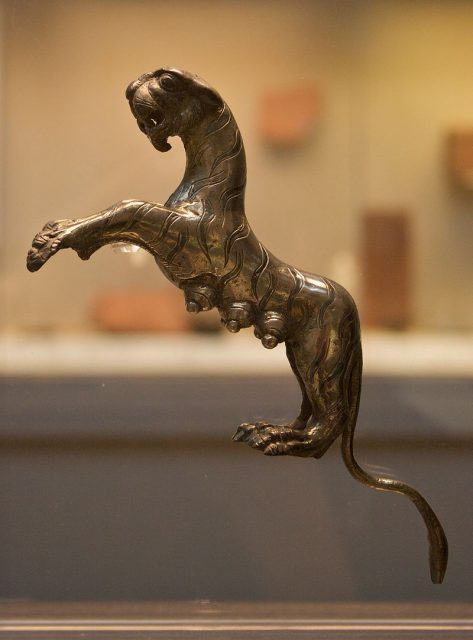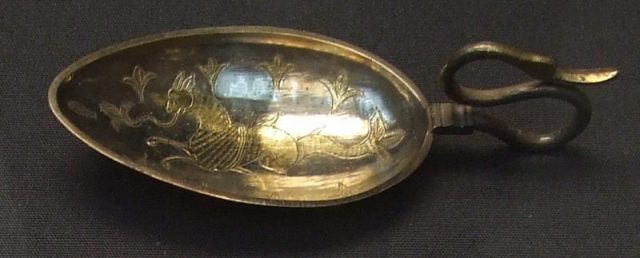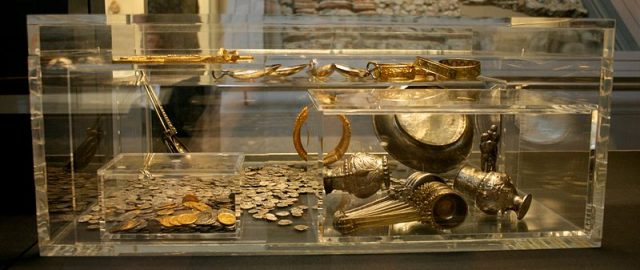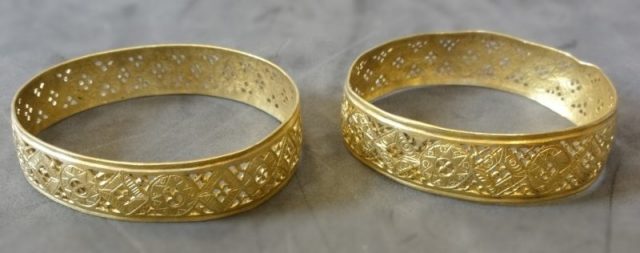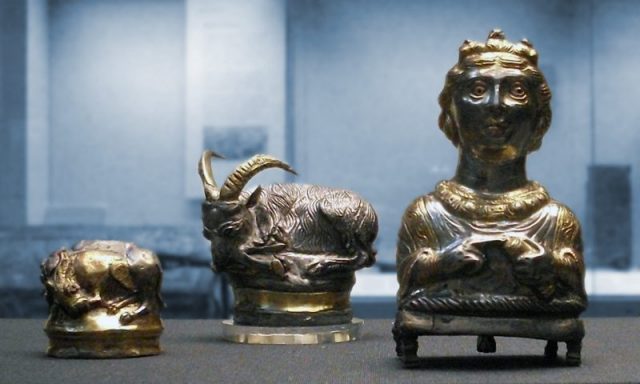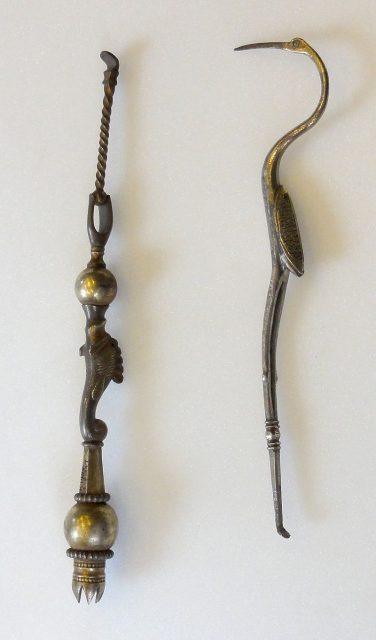
Enchanted (2007) is a delightful and imaginative musical comedy that blends live-action with animation, creating a whimsical and heartwarming story that appeals to audiences of all ages. Produced by Walt Disney Pictures in collaboration with Barry Sonnenfeld and Josephson Entertainment, the film brings together elements of fantasy, romance, and humor, paying homage to classic Disney animated films while offering a fresh and modern twist.
The plot follows Giselle (Amy Adams), a princess from the animated kingdom of Andalasia, who is magically transported to the real world of New York City by the evil queen Narissa (Susan Sarandon). In Andalasia, Giselle is on the verge of marrying her true love, Prince Edward (James Marsden), but once in New York, she finds herself in a completely unfamiliar world. As she navigates the complexities of the modern city, Giselle meets a divorce lawyer named Robert (Patrick Dempsey), and despite their differences, they begin to develop a special bond. However, Giselle’s true love, Prince Edward, soon arrives in New York to rescue her, leading to a fun and romantic journey filled with unexpected adventures.
One of the key strengths of Enchanted is its ability to blend the fantastical world of animation with the real world, creating a unique contrast that drives the humor and charm of the film. Giselle, a character who embodies the innocent, optimistic spirit of a traditional Disney princess, is completely out of place in the modern, cynical world of New York City. Her wide-eyed wonder at the everyday things around her—like a public restroom or a subway train—creates many humorous and heartwarming moments. At the same time, the film plays with familiar Disney tropes, such as talking animals and fairy tale romance, and brings them to life in a way that feels both nostalgic and fresh.
Amy Adams gives a standout performance as Giselle, capturing the character’s sweetness, naivety, and inner strength. Her portrayal of Giselle is endearing, and her ability to sing and dance in the musical numbers adds a magical quality to the film. Patrick Dempsey brings charm and humor to the role of Robert, the skeptical but kind-hearted lawyer who gradually becomes more open to the possibility of true love. James Marsden also shines as the earnest and slightly clueless Prince Edward, bringing both comedy and charm to the role.

The film’s music, composed by Alan Menken with lyrics by Stephen Schwartz, is another highlight. The musical numbers are catchy, fun, and perfectly suited to the film’s whimsical tone. Songs like “That’s How You Know” and “Happy Working Song” are joyful and memorable, adding to the overall sense of magic and fantasy. The musical sequences, particularly the one in Central Park, are visually stunning and full of energy.

In addition to its strong performances and music, Enchanted also succeeds in blending romance and humor. The chemistry between Giselle and Robert is central to the film, and their relationship develops in a way that feels both genuine and enchanting. The film’s message about love, happiness, and staying true to oneself resonates with both children and adults, making it a heartwarming experience for all viewers.

In conclusion, Enchanted (2007) is a delightful and imaginative film that blends animation, live-action, and music in a way that feels both nostalgic and modern. With charming performances, catchy songs, and a fun, romantic story, it stands out as one of Disney’s most enjoyable films of the 2000s. Its blend of humor, fantasy, and romance makes it a timeless favorite for audiences of all ages
A Farmer’s Misplaced Hammer Led to the Largest Roman Treasure in Britain

